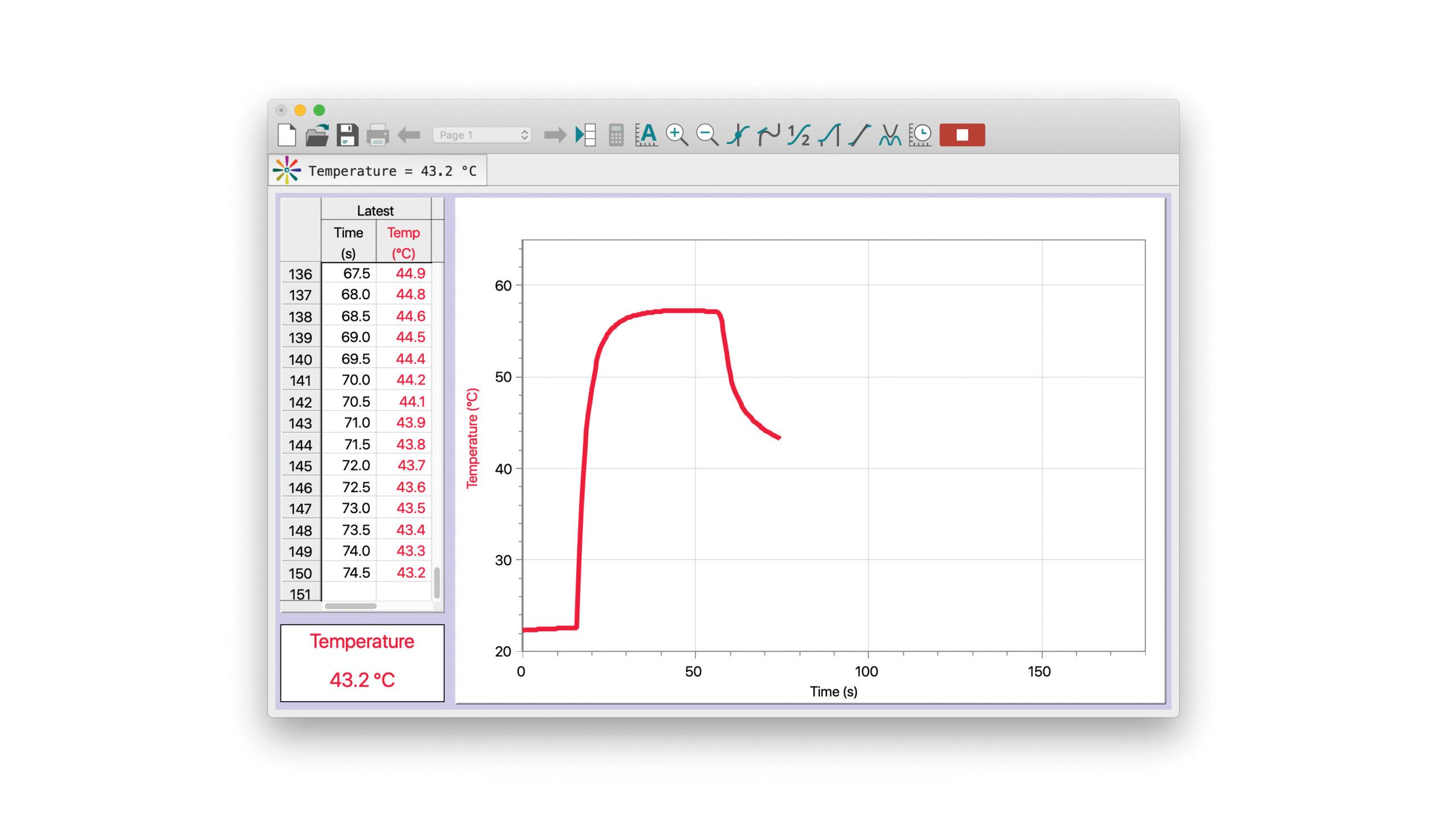Introduction
Have you ever noticed that when a train or car moves past you rapidly its whistle or horn seems to change to a lower note? In 1842 an Austrian Physicist, Hans Christian Doppler, asserted that sound waves emitted by a moving train would have a higher frequency when moving toward a listener and a lower frequency when moving away. For surface waves in water, Doppler predicted the same type of frequency shift. In particular, a decrease in the frequency of waves propagating behind a source that moves away at a speed vs can be predicted using the Doppler equation
where vw is the speed of wave propagation in water and f0 is the frequency of the waves created by a stationary source. Doppler also predicted that the frequency increase in front of a source is given by
Objectives
In this activity, you will
- Verify the Doppler Equations for surface waves in water by using Logger Pro to analyze two high speed movies.
Sensors and Equipment
This experiment features the following sensors and equipment. Additional equipment may be required.
Ready to Experiment?
Ask an Expert
Get answers to your questions about how to teach this experiment with our support team.
- Call toll-free: 888-837-6437
- Chat with Us
- Email support@vernier.com
Purchase the Lab Book
This experiment is #22 of Physics with Video Analysis. The experiment in the book includes student instructions as well as instructor information for set up, helpful hints, and sample graphs and data.


